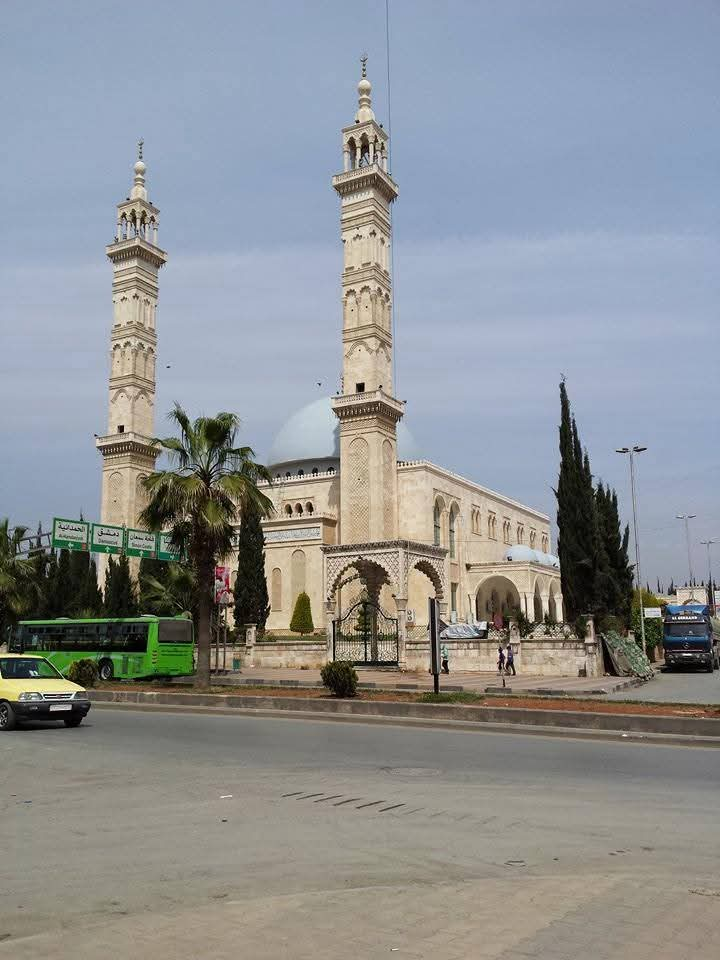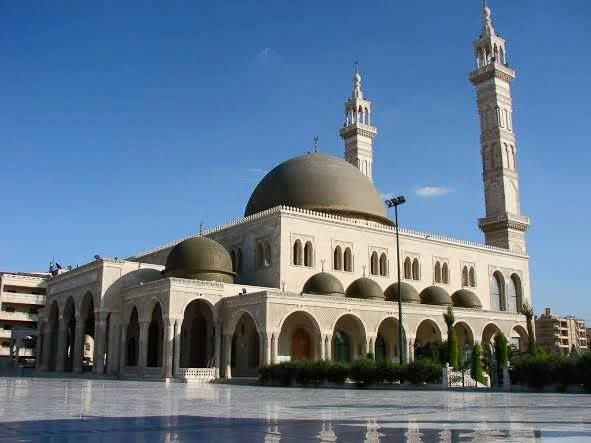Abdullah ibn Abbas Mosque is relatively modern compared to Aleppo’s historic mosques. It was named after Abdullah ibn Abbas, the cousin of Prophet Muhammad, known for his deep knowledge and influence in Islamic interpretation and jurisprudence. The mosque was constructed in the latter half of the twentieth century, especially in the late seventies and early eighties, as part of an initiative by philanthropist Abdullah Jarbou’ Al-Tayyib. The establishment reflected the increasing emphasis at the time of building mosques that complemented Aleppo’s urban expansion beyond the old city walls, especially in neighborhoods such as Al-Furkan and Al-Sabil. Architecturally, the mosque mixes traditional Islamic aesthetics with modern structural elements, making it a distinctive local landmark. It follows a simple mamluk-inspired design, featuring a single prayer hall and a moderately elevated dome, with a marble mihrab framed by a Kufic frieze. An adjacent madrasa contains two classrooms dedicated to the study of Al-Jazariyyah, an essential text on Quranic recitation. In 1998, the mosque underwent restoration by the city council, reinforcing its dome and upgrading sanitary facilities while preserving the original masonry.








